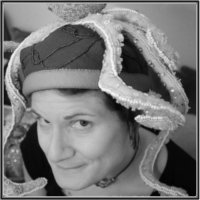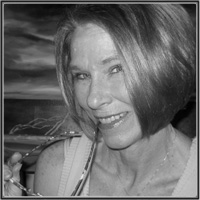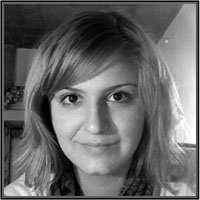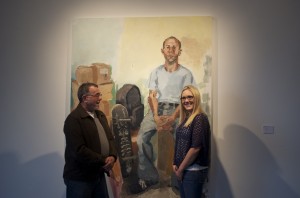 On Saturday, February 9, artist John Sonsini presented his artwork at the opening of his exhibition at Phoenix’s Bentley Gallery. Upon walking into the gallery, the size alone of the paintings commanded attention. The life-size portraits made an instant impression. While I stopped to view the paintings, I came to realize a commonality that I am rarely able to see in most artwork: the voice of the subject.
On Saturday, February 9, artist John Sonsini presented his artwork at the opening of his exhibition at Phoenix’s Bentley Gallery. Upon walking into the gallery, the size alone of the paintings commanded attention. The life-size portraits made an instant impression. While I stopped to view the paintings, I came to realize a commonality that I am rarely able to see in most artwork: the voice of the subject.
We often see art as a discourse for political and social statements. The opinions of artists can often overshadow the person that is being painted; the subject is a tool to express a particular belief. In Sonsini’s portraits, however, he embraces the simplicity of focusing on a particular person, and allows us to see the complexities that are hidden in the faces and gestures of everyday people. To him, this is what his art is all about.
In the following interview Sonsoni states, “I have always been interested in painting faces, figures. That always interested me. But, of course, for many years I’ve been painting portraits only, painting from life. I usually am interested to paint someone who has strong features, a commanding presence.”
These presences were obvious to me as I viewed the portraits, as I was able to sense the appreciation that Sonsini has for the men he paints. By creating a scene on his canvas that is relatable, real, and unblemished by any silent statement, the audience is exposed to a kind of art that goes beyond the norm.
Because of this simplistic approach to the meaning of his art, I was curious to know how Sonsini decided he was ready to expose his craft to the public.
Sonsini’s desire to exhibit his work is definitely to the advantage of all who are able to view his portraits. By letting the characteristics of his subjects speak for themselves, we are able to admire a portrait of raw emotion and qualities.
Thank you, John Sonsini, for answering Superstition Review’s questions.
1. Q: Who/what gave you the idea to become a public artist?
A: Well, of course, there are artists who don’t view exhibiting (which is a public experience) as all that important. But, in my case, I had always intended that exhibiting my work was an important continuum of the process of making art.
2. Q: Are there any artists in your family? What do they think of your career and work?
A: Actually my father was very gifted, in particular when it came to drawing. He had a natural ability. He really could draw anything. My family was very set on my being an artist. They always encouraged me to go in that direction when I was young. And, I believe they’ve enjoyed seeing me develop a career in the arts.
3. Q: How do you decide who/what to paint?
A: I have always been interested in painting faces, figures. That always interested me. But, of course, for many years I’ve been painting portraits only, painting from life. I usually am interested to paint someone who has strong features, a commanding presence. It’s quite difficult to sit for a painting. It takes a great deal of concentration and focus. Not everyone I’d like to paint is interested in modeling, or even has the time available. I ask each prospective model to work five hours each day until the painting is completed. So that does take quite some time. So, you see, ‘who’ I want to paint is all tied up in ‘who’ really can commit to that sort of focus and daily sessions.
4. Q: Do you believe that skilled painting can be taught and learned? Or is it a natural talent?
A: Well, you refer to the ‘skill’ of painting. You’re asking IF someone can be taught the skill of painting, as in a classroom. Well there are all sorts of technical issues that can be passed along, taught. But, really how one uses those things…I think that has to be just learned from doing, working, and of course, the best lesson is probably just…trial and error. But, sure, there are certain technical skills that could be taught and learned.
5. Q: Why do you use oil paints to create your art? Do you use any other mediums? Why or why not?
A: Yes, I work with oils. I like the fluidness of the medium. Because oil remains wet for quite some time, it is very suitable for working and reworking from day to day. And, of course, the color, the pigment in oil I find to have a saturation that I haven’t found in other mediums.
6. Q: What have your sitters thought of the process and your finished portrayal of them? Are you able to cultivate a kinship with them? How long does a piece usually take to complete?
A: Before I set out to do a large painting of someone, I always ask that we work for a few days drawing or a small painting. In this way it allows a new model to kind of test out the work before we launch into a large project. Most sitters seem to like the process. It’s very organized. We take a break about every half hour, then a long lunch break mid day. Most sitters seem to enjoy the finished painting. And, especially after so many days working on a painting, and getting to see the process, and understanding that the painting is a handcrafted object. In other words, anyone who’s expecting a photographic likeness well, I think, after a few days working, it would be obvious that my painting will be a far more painterly portrayal. A full figure portrait usually takes about 10 – 14 days to complete.
7. Q: Do you have any hopes or plans for your future in the art world?
A: A new painting I’m working on at the moment for an exhibition at the Autry National Center of the American West, here in Los Angeles. I’m painting a large portrait of two vaqueros/cowboys as part of a new installation at the museum, organized by Museum Curator Amy Scott. And then a group show in NYC at Salomon Contemporary in the Spring. And, of course, I’m very pleased to be showing my most current group of paintings here in Phoenix at Bentley Gallery.
John Sonsini’s paintings are on display at Bentley Gallery in Phoenix until tomorrow, February 28.
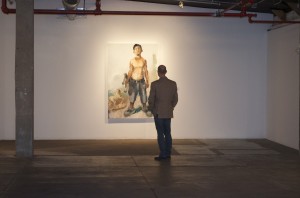
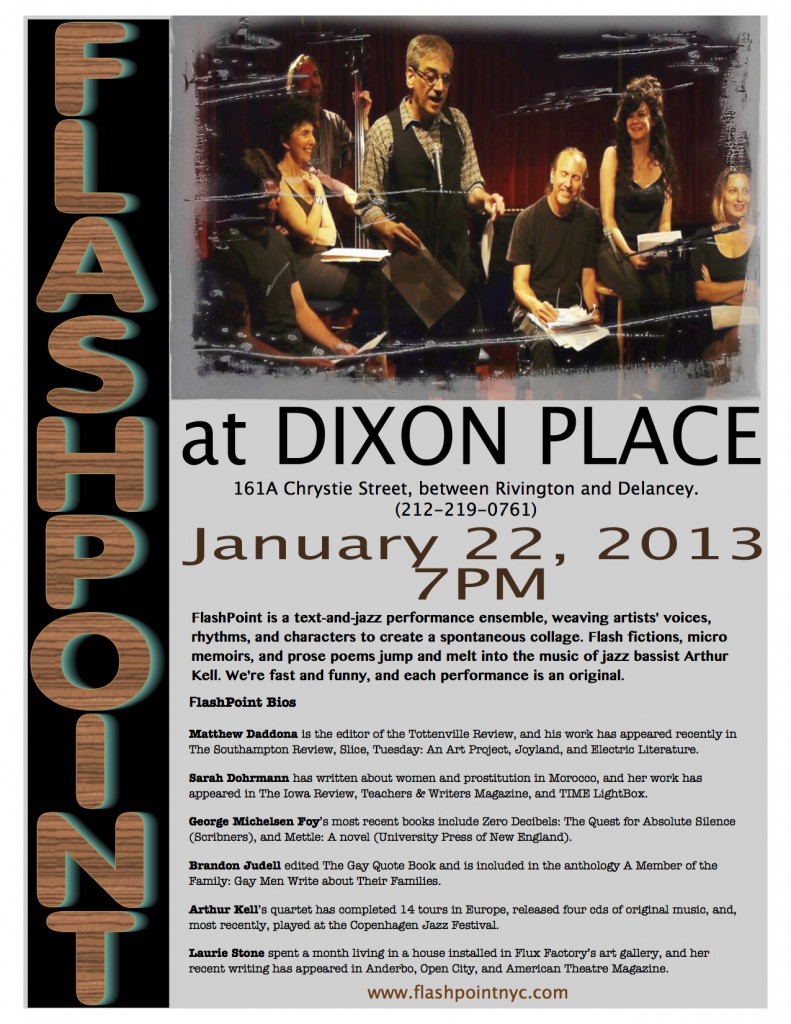
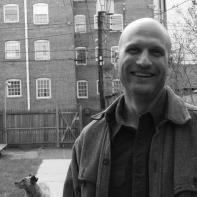

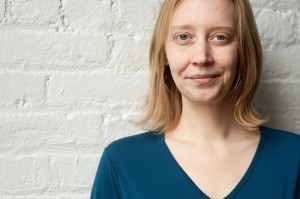
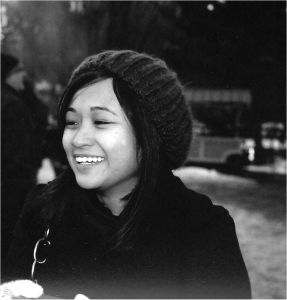 Interview Editor Marie Lazaro is a senior at Arizona State University. She will be graduating in December from the School of Letters and Sciences with a degree in Literature: Writing and Film. Upon graduating, she plans on broadening her horizons with hopes of writing for TV and movies as well as continuing to find work within the industry of magazines. Originally from New Jersey, she plans on heading back east to New York City to experience the lifestyle and find possible job opportunities before ultimately returning back to Arizona. This is her first semester with Superstition Review.
Interview Editor Marie Lazaro is a senior at Arizona State University. She will be graduating in December from the School of Letters and Sciences with a degree in Literature: Writing and Film. Upon graduating, she plans on broadening her horizons with hopes of writing for TV and movies as well as continuing to find work within the industry of magazines. Originally from New Jersey, she plans on heading back east to New York City to experience the lifestyle and find possible job opportunities before ultimately returning back to Arizona. This is her first semester with Superstition Review.
